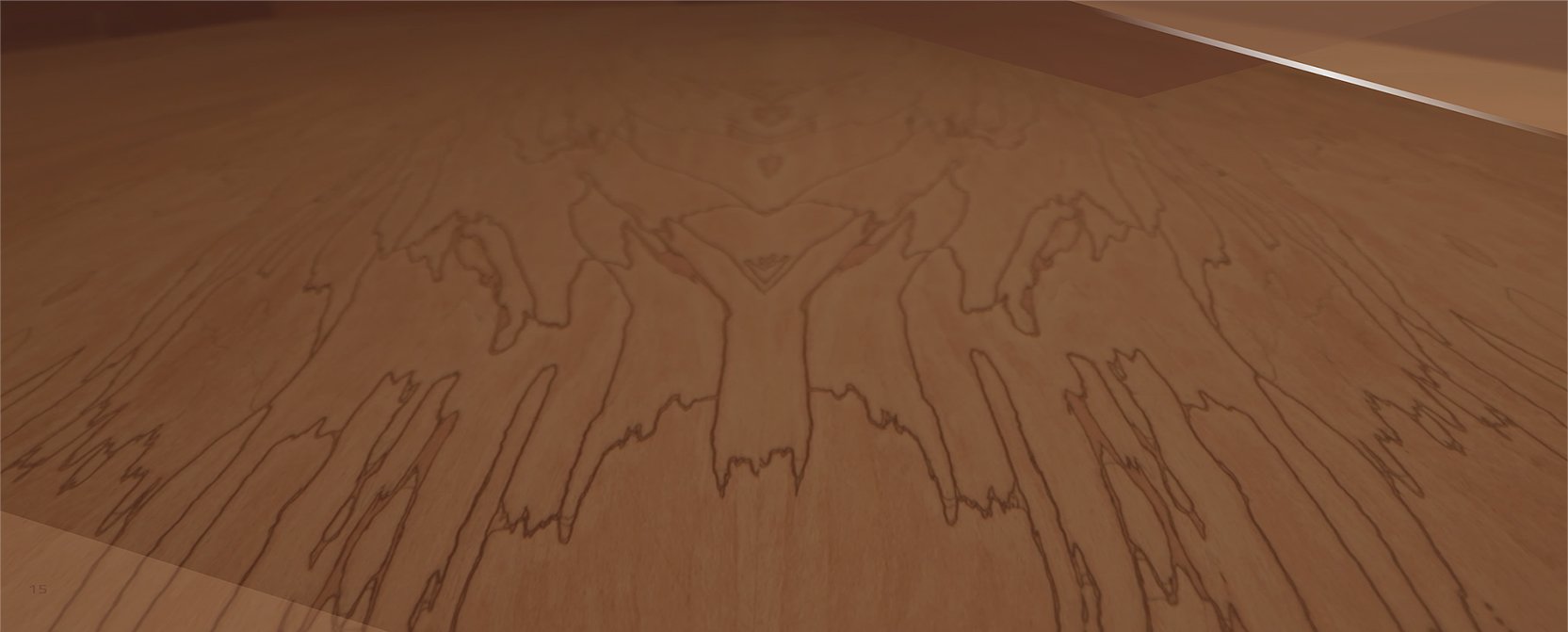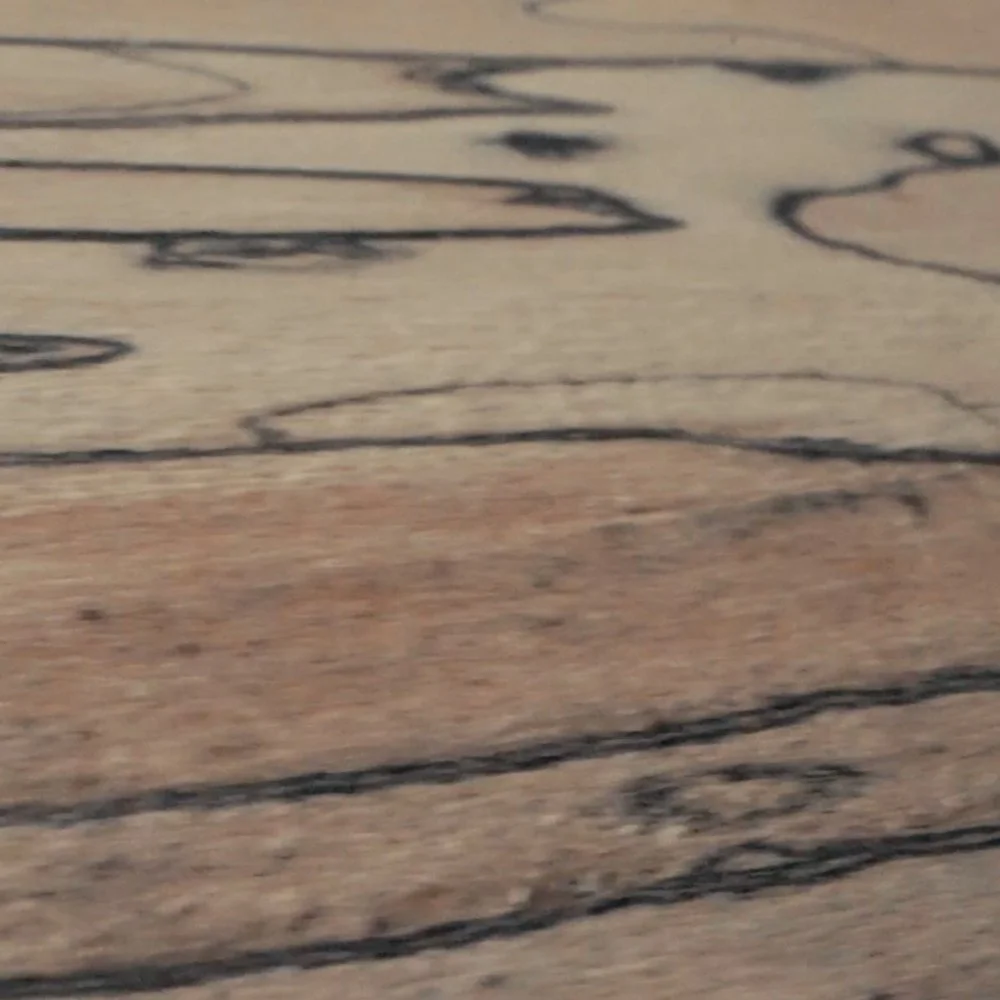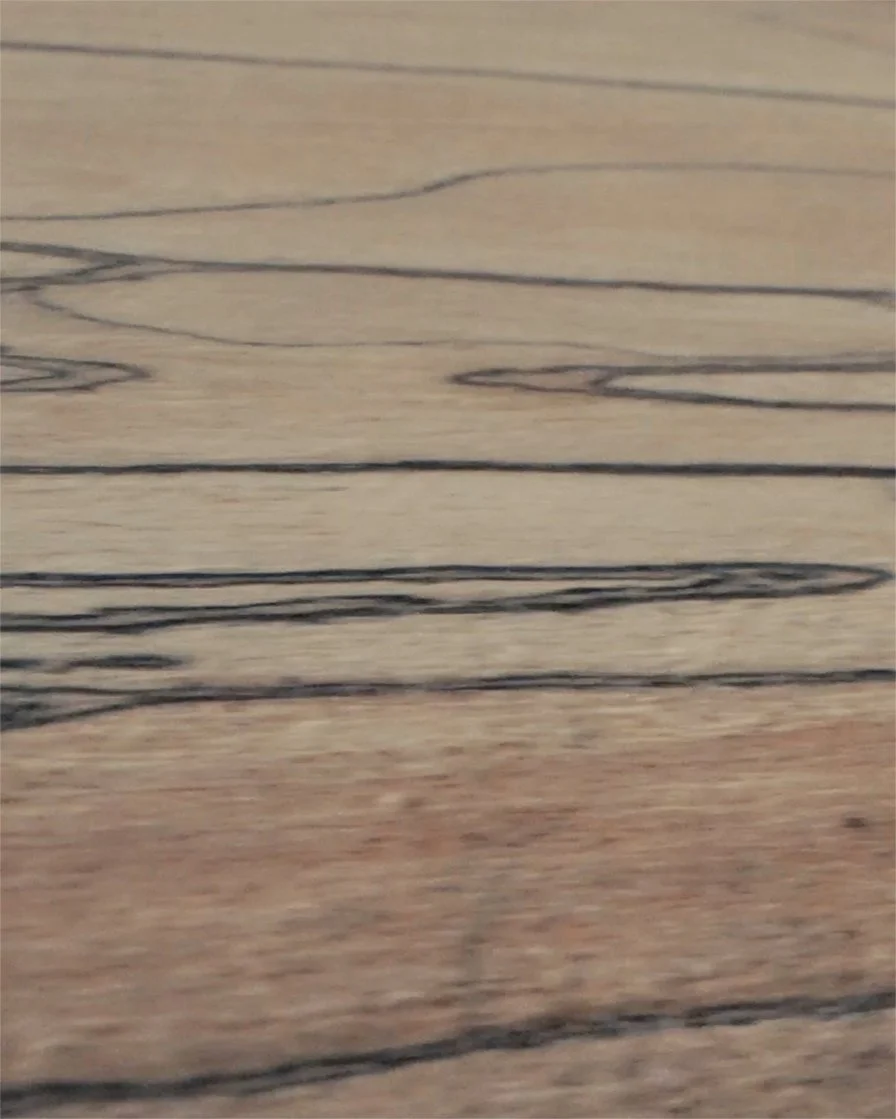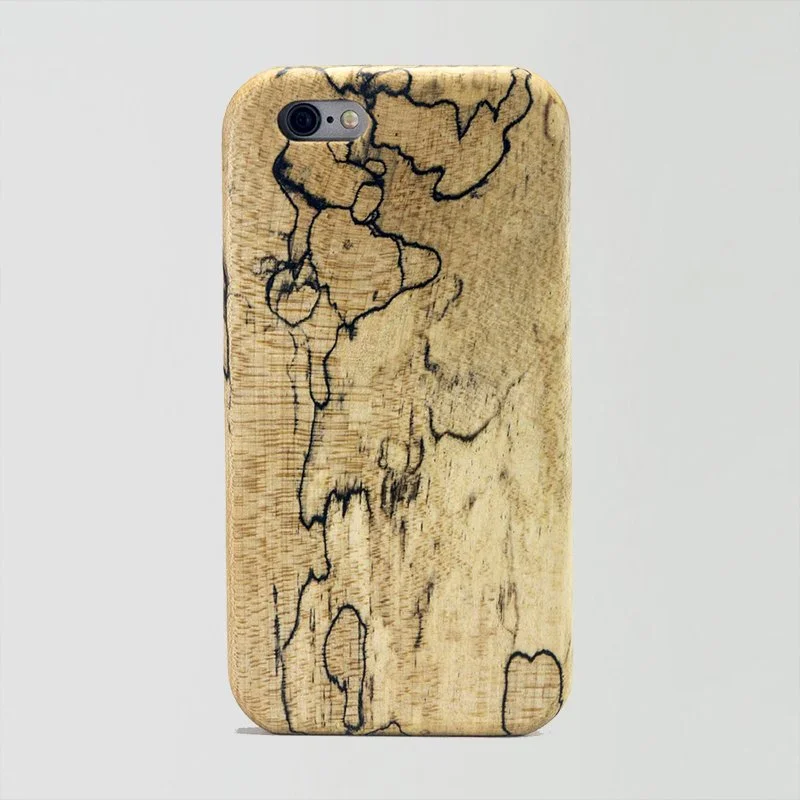
Spalted Maple:
One-of-a-kind Art Quality
Veneers and Plywood

What is Spalted Wood?
Using our proprietary spalting technique, we have become the largest and foremost producer of commercial-grade spalted wood veneer and plywood in North America. But what is spalted wood?
Spalted wood is not an invention, it is a discovery.
Spalted wood is not a specific species of wood but is simply a term for any tree that has begun the initial stages of decay, and then it is dried out, halting its further decline. The partial decay itself is called spalting and leaves dark contrasting lines and streaks in the wood.
The word spalting has been celebrated in Europe for hundreds of years, and is German in origin. It refers specifically to coloring found in wood that is caused by the presence of one or many fungi. This is not the kind of coloring left by a mold that grows on wood and is easily scrubbed away, but rather fungi that have made their way into the vascular system of the wood and left a pigmentation there. While a wide range of wood species will spalt, sugar maple is most prized due to its often very pronounced designs and its lighter colored sapwood.
Sugar maple trees can live more than 130 years and reach lofty heights of 80-115 feet, with a diameter up to 3 feet. The spalting process starts when one of these majestic trees dies and begins to decay - or when a living tree is otherwise stressed and weakened due to either natural causes, like a lightning strike, or through contact with humans through construction or road building.
So spalted maple is simply a board taken from a sugar maple tree that has begun to rot due to fungus close by. At Vermont Wildwoods we allow our spalting to take place for two years before the boards are sawn - allowing enough color to take hold but not allowing the wood to lose its integrity. After sawing, the boards are sliced into veneer and immediately kiln dried, killing the fungus, and locking-in the beautiful ink-like designs.
The lines of spalted maple are true wonders of nature, clean yet unpredictable - mesmerizing in their semblance of coordination, and beautifully alive in their lack of uniformity. Yet what these treasured wooden art pieces hide is that they are actually the spoils of a microbial war between different fungal species that have invaded these trees.

Characteristics and Uses of Spalted Maple
What makes spalted maple wood so special?
Designers, architects and woodworkers alike have always wrestled with spalted maple - there is nothing like it in terms of challenging design sensibility and skills. But there is a renewed appreciation for its delightful designs because the allure of spalted maple is its unpredictability - no two pieces will look exactly the same - and therein lies its essence and beauty.
Working with our spalted maple veneers and plywoods means that you are letting the wildness of nature be your design partner. The variety of lines and coloration that are revealed as you open up a book of our veneers - a singular experience that teases the eye with their abstraction - draws you in like an impressionist painting.
The inky zone lines can change in unpredictable ways inside the wood. This means that matching plywood and veneer designs can be tricky or even impossible. Patterns that you’ve picked out can change drastically throughout the bundle of veneer.
And if this wasn’t enough, the fungal intruders may also alter the color of the wood they are attacking. Bleached whites, darker yellows and sometimes grays and even pinks can all exist within one book/bundle of veneer.
This simply means that working with spalted maple requires patience, creativity, and a jettisoning of standard design notions. When working with designers we often refer to the Japanese concept of Wabi-Sabi, which is the idea of “finding beauty in the imperfect, impermanent and incomplete designs of the natural world.”

Spalted Maple adds a distinctive look and an invigorating wildness wherever it is applied.
Vermont Wildwoods’ proprietary spalting process has allowed commercial quantities of these beautiful products to be consistently available. While spalted maple boards can be used for small artisanal woodworking projects, our spalted maple veneers and plywood are now available in crates of 5,000 and 10,000 square feet. These surfaces are often used for:
building reception areas and lobbies
cabinetry of exclusive homes
ski and snowboard surfaces
paneled walls of a well-known restaurant chain
hotel furniture
residential furniture
Next: Spalted Maple Veneer








